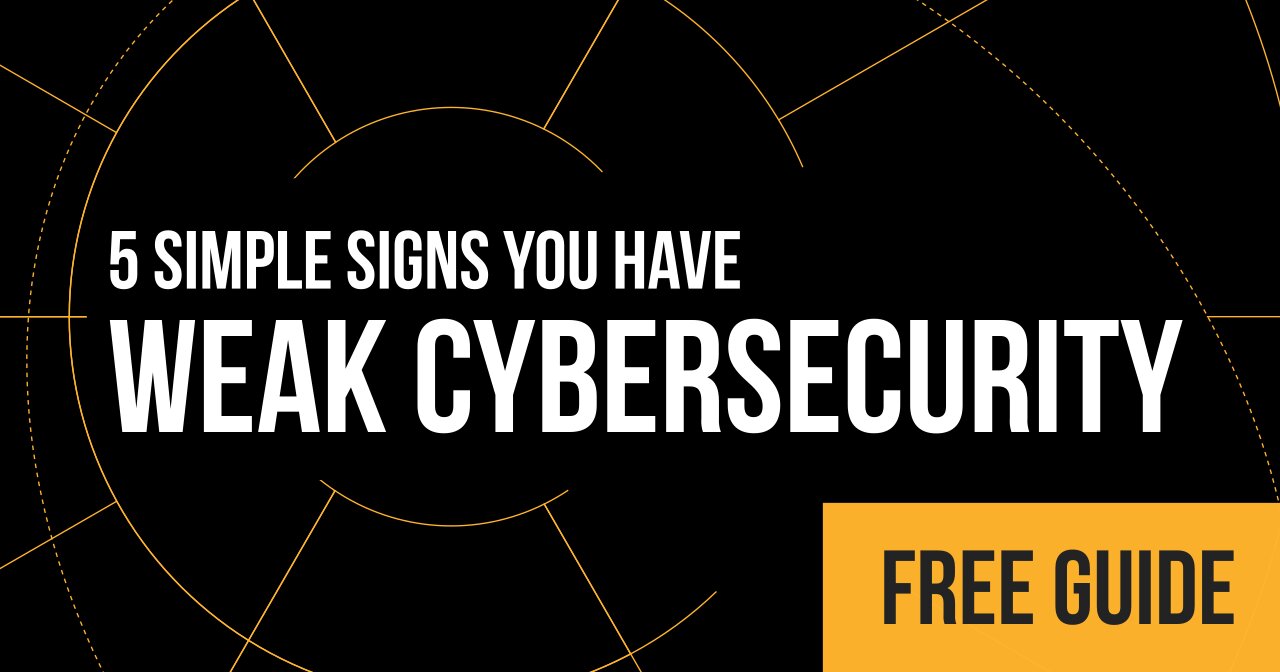
Most business leaders assume they’re covered. They assume their business interruption insurance will step in.
Then the nightmare begins.
The fraudulent payment is gone. The bank won’t reverse it.
Then they realize critical data has been stolen.
Then the lawsuits start—clients, vendors, and regulators all demanding answers.
And then comes the worst blow of all…
The insurance company denies the claim.
Not only that, but they accuse the business of insurance fraud.
This is happening. Right now.
Your Cyber Insurance Might Not Protect You. Here’s Why.
Insurance is all about transferring risk. But make no mistake—the policy is designed to protect the insurer, not you.
Many businesses find out too late that their policies have exclusions (carve-outs) that make filing a claim nearly impossible.
Here’s what might void your cyber insurance claim:
- Phishing Exclusions – Some policies exclude social engineering attacks, meaning if an employee gets tricked into sending money or sharing credentials, you’re on your own.
- Acts of War or Terrorism – If a hacker group is linked to a nation-state, your insurer might refuse to cover the attack.
- Failure to Follow Security Requirements – Did you promise in your policy application that you had MFA enabled? If you didn’t actually enforce it your claim could be denied.
- Insider Threats – If the breach was caused by an employee (whether intentional or not), your policy may not cover the damage.
Here’s an example of a common cyber insurance carve-out:
“The insurer shall not be liable to make any payment for loss arising out of or resulting from: any fraudulent, dishonest, criminal, or malicious act committed by an employee, contractor, or agent of the insured.”
That means if an employee clicks a phishing link, the insurer could argue they were negligent—voiding your claim.
What Can You Do?
Whether you have cyber insurance or not, it’s time to take action.
The first step is a Cyber Insurance Readiness Assessment.
- Find out what gaps exist in your security controls.
- Ensure you have the evidence needed to support a cyber insurance claim.
- Identify risks BEFORE they become financial disasters.
Hackers are already planning their next attack. The only question is whether your business will be the next target.
Let’s get ahead of this. Contact us today and schedule your Cyber Insurance Readiness Assessment.



